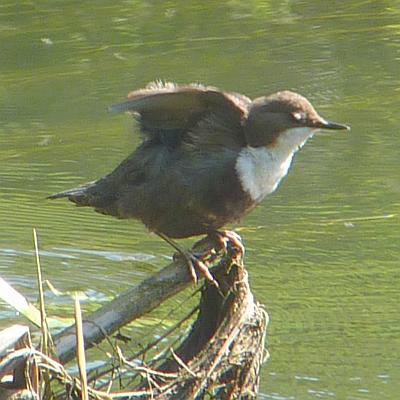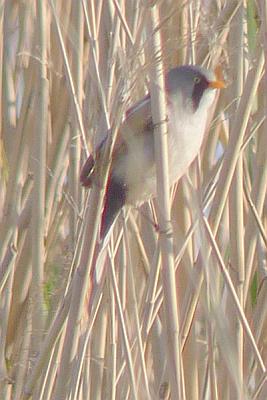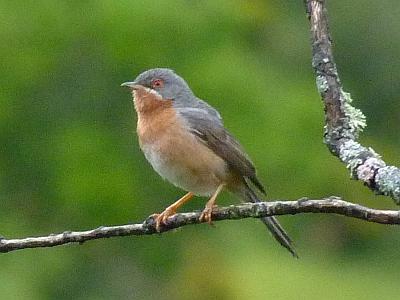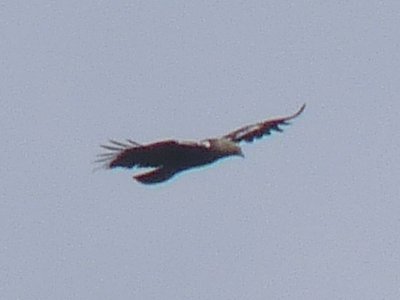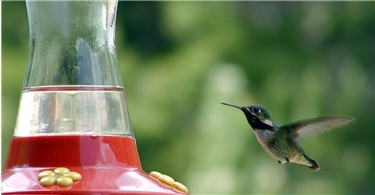My summer birding has been going well. After reaching 700 North American lifers, as previously posted herein, I returned to Iowa where I was able to locate, by ear, my first ever Black Rail. This elusive bird has seldom been seen in Iowa and is very difficult to see anywhere. This one has been heard and seen near Solon in eastern Iowa for several weeks, and many birders and photographers from near and far have trudged through the muddy and vegetated river-bottom swamp to see it. I slowly and tediously followed suit, the mud very nearly sucking my boots off my feet. I did not see the bird, nor do I intend to try further. I think it deserves some protection from over-intrusive birders and photographers who have created muddy, matted down trails through the swamp, and have over-used recordings of the Rail’s call in order to get the bird to come close, thinking it has a potential mate or rival. He or she has little prospect of that here in Iowa, so far from the Black Rail’s traditional nesting areas. My newly adopted personal view is that hearing is as good as seeing if you are absolutely sure of the call, which I am. Moreover, it eliminates the foolish incentive to disturb unnecessarily the target bird and thereby perhaps damage its prospects of survival or reproduction. And so, the Black Rail becomes my North American Life Bird number 702, and Iowa Life Bird number 327. Inconsistent with the opinions of some purists in the birding community, and especially photographers, (and, I must admit, my own past practice), the Black Rail becomes my very first “heard only” life bird. I feel good about that, for, as expressed by our famous American poet, Ralph Waldo Emerson:
“A foolish consistency is the hobgoblin of little minds, adored by little statesmen, and philosophers and divines. With consistency a great soul has simply nothing to do.”
For several days the North American Rare Bird Alert has reported online that at Sabal Palm Audubon Sanctuary south of Brownsville, Texas, a single female Masked Duck and several Yellow-green Vireos have been seen on a regular basis. Both species are rare in North America (ABA # 3s). Having never seen either of them, and having nothing better to do, I headed out for Texas last week and was excited to locate both birds. Others were there for the same purpose, many successful and some not. Everyone was most cordial and helpful to one another, a common characteristic of birders I have met over the years. It was of mild interest to me that of the dozen or so birders there for the same purpose I was, all were men. One was doing a “Big Year”. The heat index was 103, the wind was gusting at 40 miles per hour, and the “dry jungle” which Sabal Palm is, was muggy and uncomfortable. This, of course, added to my satisfaction of finding these two great birds. Actually, there were 4 Yellow-green Vireos, apparently reflective of a successful nesting effort. My first “identification” of the somewhat distant Masked Duck is suspect, because when I returned later I thought I saw three of them, again at quite a distance. I really needed a scope, which I had left home to make my air travel less cumbersome. These 3 all turned out to be the somewhat similar and far more common Ruddy Ducks. And so I lingered long at the blind until, fortuitously, the real Masked Duck appeared close at hand enabling me to clearly see the three black lines across the face, and confirm its identity. North American birds number 703 and 704 are now securely on my list.

